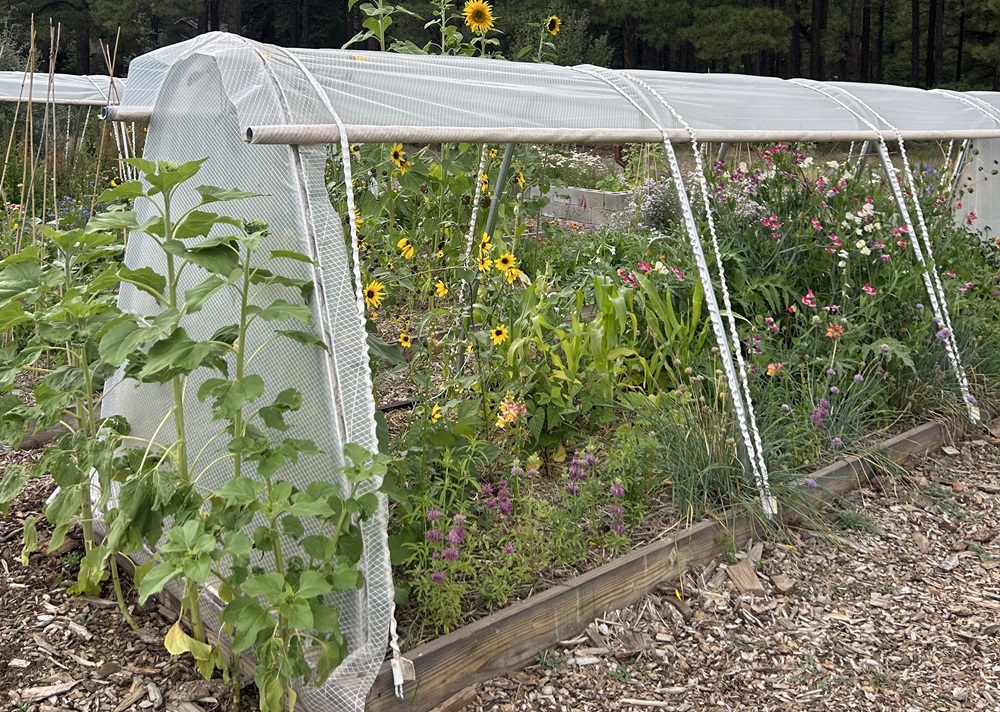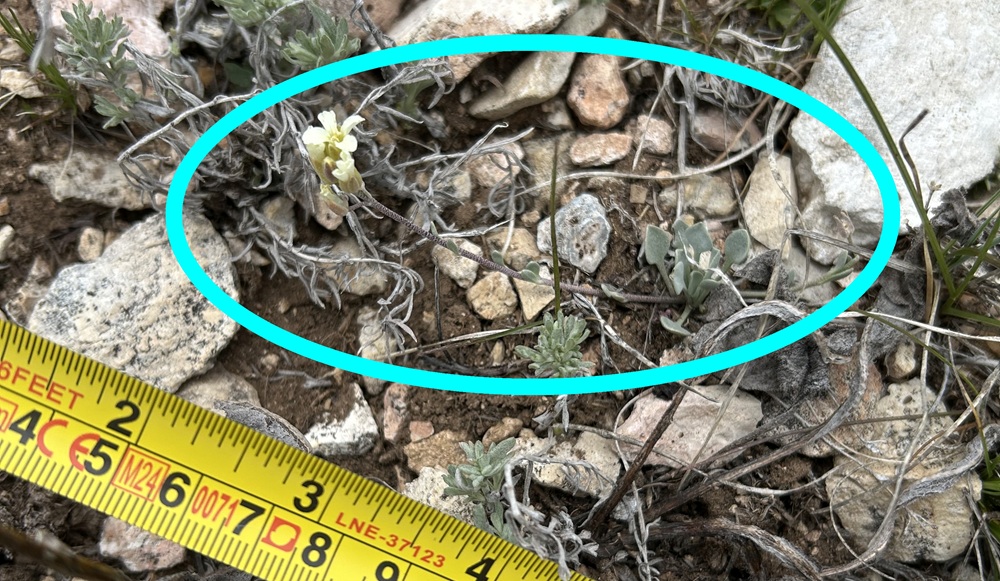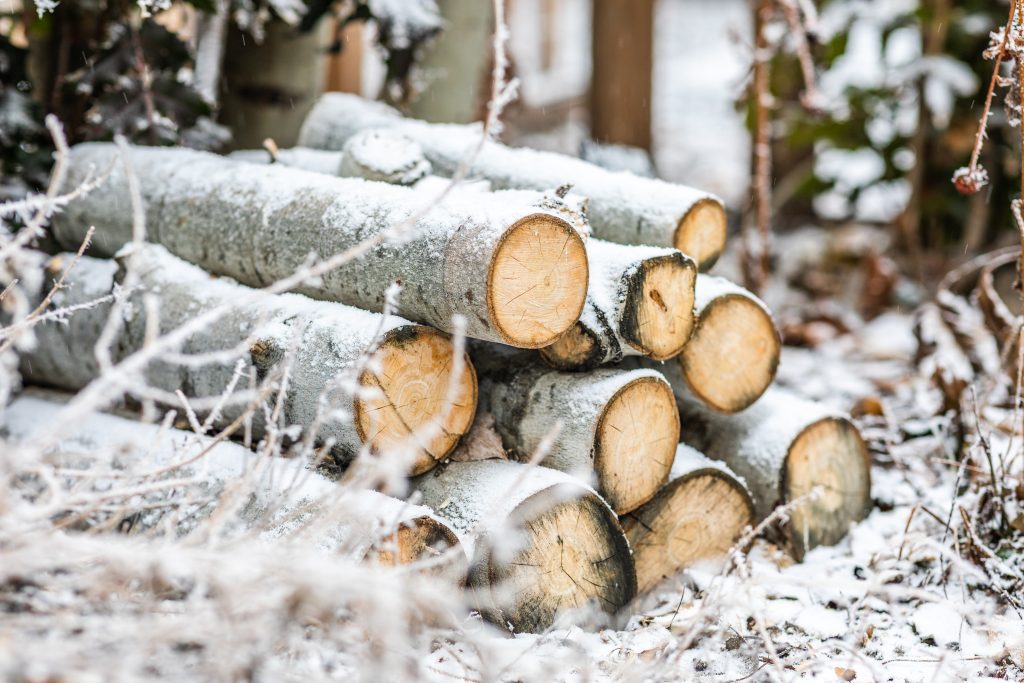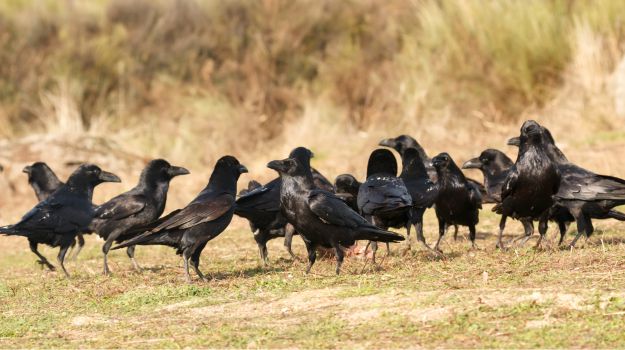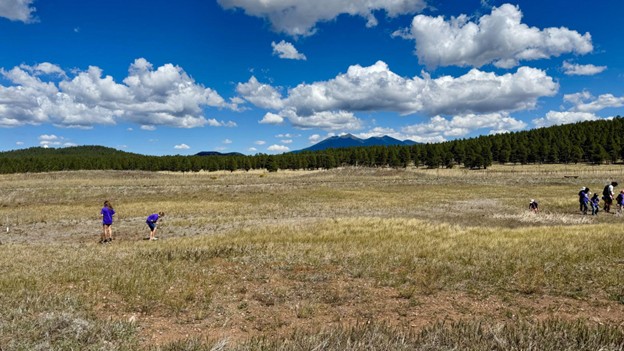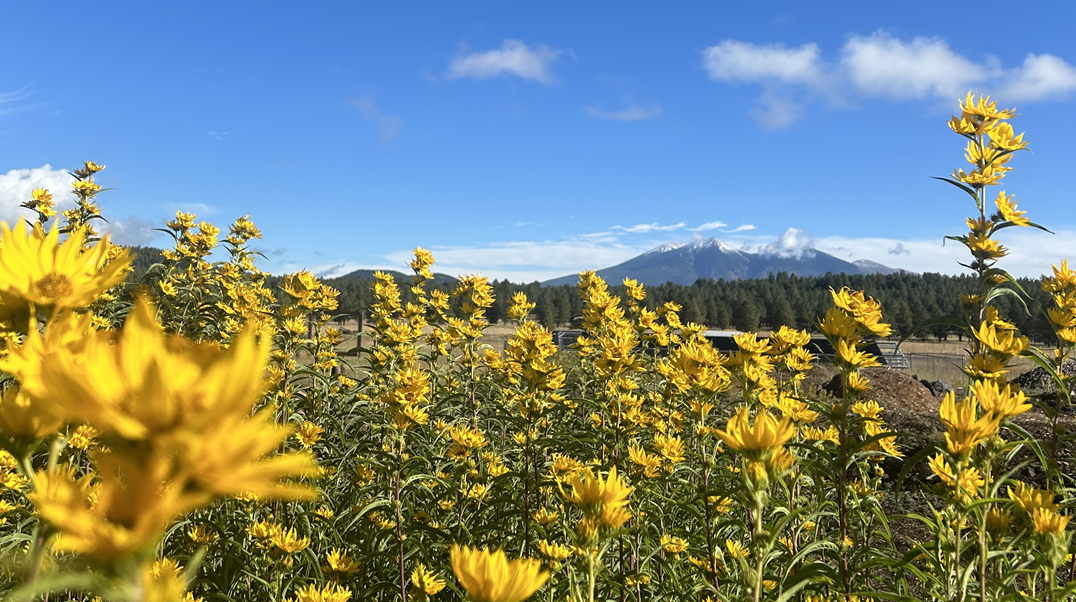This article originally appeared in the Arizona Daily Sun on June 27th.
The month of July marks the beginning of Flagstaff’s summer rainy season. Locally called “monsoons”, the rains reduce our wildfire risk and bring relief from the hot, windy and dry days of June. During monsoon season, mornings tend to be clear and warm, but by late afternoon plumes of dark thunderclouds begin to build. As the storms move over the land, they drop their precious resource in the form of powerful localized bursts. Dry washes can quickly become raging rivers, and the cool humid air is thick with the smell of pine bark.
It’s truly a festival during this time as life is renewed for both human and non-human inhabitants. The forests and meadows are blanketed with green native grasses and wildflowers including some of my favorites- paint brush (Castilleja spp.), fleabane (Erigeron spp.), buckwheat (Eriogonum spp.) and primrose (Oenothera spp.). Non-native plants in the home landscape such as black eyed Susan, panicled hydrangea, and hollyhock come into flower. Many butterflies emerge at this time; look for swallowtails, mourning cloaks, and if you’re lucky, the occasional monarch in your garden. The night sky is filled with bats and hawk months, while hummingbirds faceoff in the early morning hours over the abundant nectar.
The start of the monsoons is an important time for high elevation gardening. The water from thunderstorms is so beneficial for our gardens! Have you ever wondered why shortly after a storm your plants seem a bit greener? It’s caused by lightning’s ability to combine atmospheric nitrogen and oxygen into nitrates. The rain then carries these nitrates down to the earth’s surface enriching the soil. Acting as a fertilizer, the added nitrates help plants grow and green up.
To be sure to not let this precious resource go to waste, here are some tips to harvest and preserve rain water in your garden:
- -To capture and hold water around your plants, consider turning your planting beds into basins and swales. This can be accomplished by digging out your beds and using the extra soil to mound around the bed edges, thus creating earthen berms that will capture water.
- Be sure to leave leaf mulch or apply compost or bark mulch under your trees and shrubs to help reduce moisture loss from evaporation.
- Divert water from your roof into rain barrels so that it can be saved and used in your garden once the rains have stopped.
- If you have steep slopes on your property, consider shaping them into stair-like terraces by excavating the soil and building rock lines along the contoured edges. This work will help slow down runoff causing rain water to slowly soak into the soil.
Finally, plant native plants as much as possible! Once established, many of our native species are drought resistant and have evolved to take up water quickly when it is available. In fact, the nitrogen rich moisture, humidity, moist soils and cooler temperatures of the monsoon season create the ideal conditions for planting new plants this time year! As a result,
The Arboretum at Flagstaff will be hosting our Summer Plant Sale Saturday July 13th with an exclusive Arboretum member time from 9am -11am and the general public 11am-3pm. Admission to the Arb is free that day. In addition to Arb-grown plants, local growers Lily of Field, Warner’s Nursery and the Michael Moore Medicinal Garden will be joining us offering their locally adapted plants for sale. If you miss the sale, don’t worry! We have plants for sale at the Arboretum’s retail nursery open Wednesday-Sunday from 9 am – 3:30 pm.
Here’s to celebrating this magical time of year, harvesting water and planting our gardens!
Nate O’Meara is the Executive Director of The Arboretum at Flagstaff.


